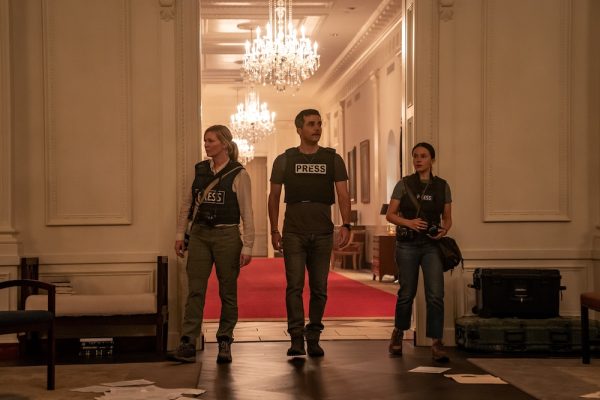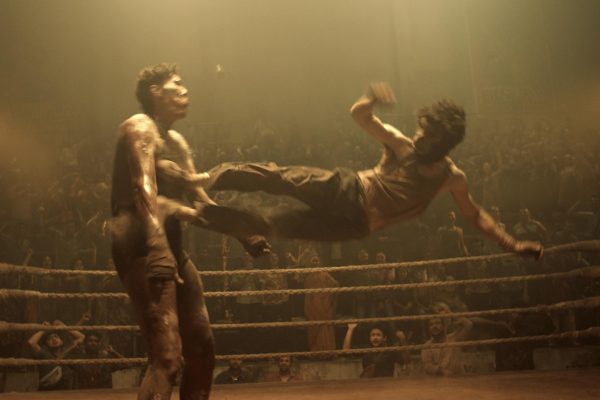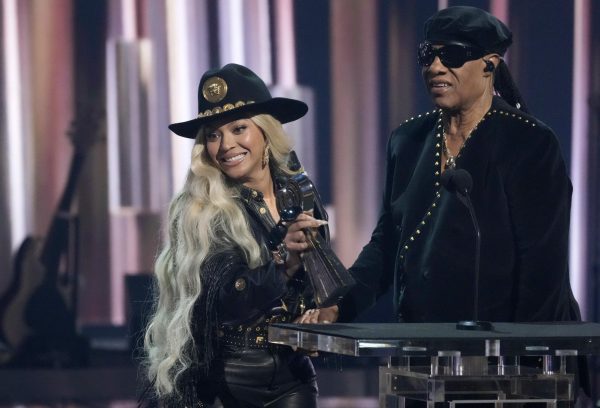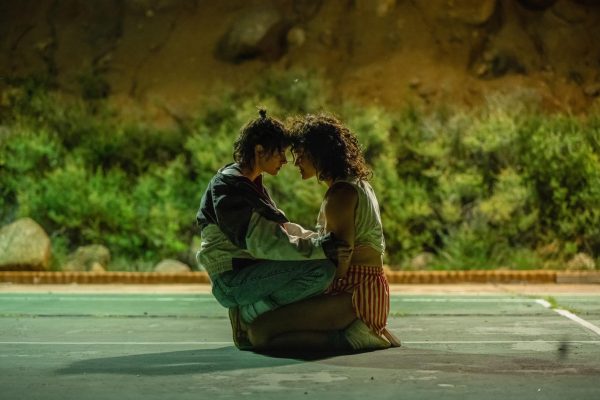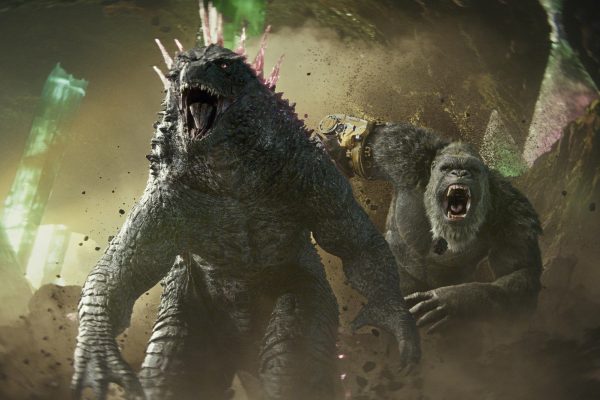Fans remember Stan Lee’s legacy
November 14, 2018
Millions of Marvel fans heard the sad news Monday that comic book writer, editor and publisher Stan Lee died at the age of 95. He will forever be remembered as a creative genius who contrived amazing characters and a guardian angel who made numerous cameos in Marvel films.
Lee was born Stanley Martin Lieber in 1922 and was, like others of his generation, a child of the Great Depression. During his childhood, Lee excelled in school and held many jobs to provide for his struggling family.
It was during this time he found his love for movies, his favorite being the classic 1938 film, “The Adventures of Robin Hood,” according to the 2010 documentary “With Great Power: The Stan Lee Story.”
The job that kick-started his career was working as an assistant at Timely Comics with writer Joe Simon and artist Jack Kirby. Before Lee arrived, the pair saw success with the still iconic hero, Captain America.
While working for Timely, Lee wrote a few short stories, which were used as fillers between the comic panels. His first was called “Captain America Foils the Traitor’s Revenge” and was written under the pen name Stan Lee, which became his legal name after decades of writing under it.
Lee was left to run the comics division on his own when Simon and Kirby left in 1941. Lee continued to work with comics until he joined the army in 1942, serving in World War II.
He was a member of the training film division that made informative videos for soldiers in the military according to his documentary. Among his ranks were men like Frank Capra who directed “It’s a Wonderful Life,” cartoonist Charles Addams and Theodore Geisel who many children know as Dr. Seuss.
After the war, Lee returned to Timely Comics. When the 1950s rolled around, he was creating western, horror and science fiction comics, but was unhappy with the lack of character they had. He wanted comic books that could make kids feel like the heroes weren’t so different from them accoriding to his autobiography. He wanted heroes to have arguments, to have personal problems and not perfect.
By the beginning of the 1960s, Lee considered quitting the comics industry, but his wife Joan, who passed away last year, said Lee should at least make a comic the way he wanted to make it. At worst Stan would be fired, but he wanted to quit anyway. Out of Joan’s advice, “The Fantastic Four” was created with the first issue being released in November 1961.
“The Fantastic Four” was different than any other comic at the time because of its character dynamics. In the comic, four people are given abilities after being hit by cosmic rays in space. Reed Richards can stretch himself to great lengths; Sue Storm can be invisible; Johnny Storm can become a fireball and fly; and Ben Grimm was transformed into an indestructible rock monster.
The four also had personal issues, which made them more interesting. Reed was smart but had difficulties interacting with others; Ben had to deal with his terrifying new appearance; Johnny presented an emotional person with a temper, but together, “The Fantastic Four” became the first of many successful comics written by Lee.
The 1960s saw the creation of many additional fantastic heroes, such as Daredevil, the X-Men and the Avengers, who were also created by Lee with the artistic help of Bill Everett, Jack Kirby and Steve Ditko. Lee wanted to create a hero different from others by making him a teenager and giving him the personal problems of a kid including romance issues and balancing being a hero with school, according to Stan at a panel at C2E2 in 2017. This led to his most iconic hero, Spider-Man.
When Stan pitched the idea to his boss, Martin Goodman, he said Spider-Man was the worst idea he had ever heard, according to Lee’s autobiography. Goodman argued teenagers could only be sidekicks, and Spider-Man was an unappealing name because people hate spiders. The biggest issue, in Goodman’s opinion, was that Spider-Man was too flawed; he’s a hero, so he can’t have personal problems. Lee decided to put Spider-Man in “Amazing Fantasy 15” since it was being cancelled and see what happened. The “Amazing Fantasy” issue was the highest-selling comic of that month and according to The Washington Post, a mint condition copy sold for $1.1 million in 2011. At the end of that month, Goodman came to him saying, “Remember that character we both liked? I want you to give him a whole series.”
After the 1960s, Marvel Comics became a juggernaut of the comic industry, with its interesting characters and gripping storylines. These superheroes were vulnerable people who could succumb to real world evils, including drugs, alcohol and depression. During the later decades, Marvel characters were treated to television through live-action shows, such as the 1977 series “The Incredible Hulk” and animated series like 1992’s “X-Men” and 1994’s “Spider-Man.”
It was also during this period Lee first started to cameo in films and television shows. The first of his many cameos would be as a jury member in the 1989 television film, “The Trial of The Incredible Hulk.” After that appearance, Stan continued to cameo in films, appearing as a Hugh Hefner impersonator in “Iron Man,” himself in “Mallrats” and a World War II veteran in “The Avengers: Age of Ultron.”
Throughout the years, Lee was grateful to his fans and appeared at many comic conventions. Lee created characters whose stories will be told for years to come. Lee already filmed his cameo in the much-anticipated “Avengers 4,” according to ScreenCrush. When he appears, it may be the last time anyone will see him on the big screen, but it won’t be a sad ending; rather, it will be a beautiful conclusion to a great legacy.




